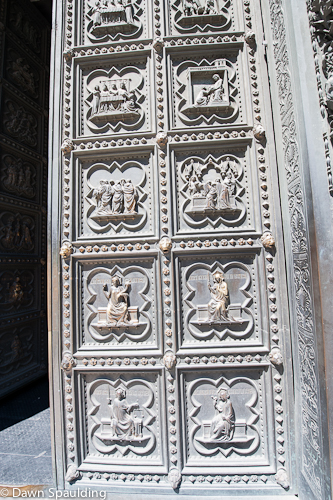This is the oldest building in Florence. It served as the city’s first cathedral as early as 9th century AD. The interior’s ancient granite columns are believed to have come from the city’s old Roman capitol and the pavement mosaic likely belonged to an old Roman bakery. The exterior was embellished in the 11th century […]
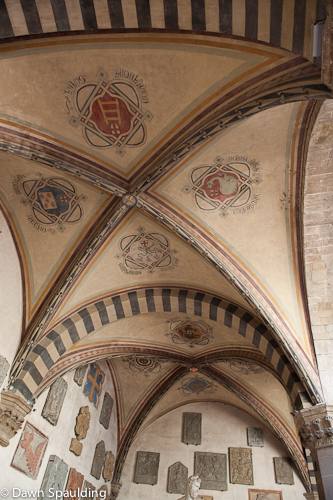
Museo Nazionale del Bargello, Florence
The Florentine Renaissance is on display inside this 13th-century palace. Sculptures by Michelangelo and his followers and works by Donatello are the most impressive pieces. Since Florence is surrounded by quarries, throughout the years artists have developed incomparable stonecutting skills. The massive applied arts and fine arts collection showcases enamels, silverware, jewelry and artwork. The […]
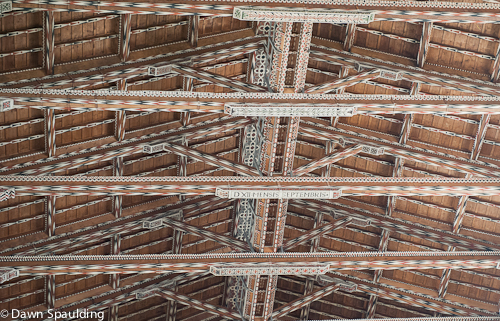
Basilica di San Croce, Florence
This neo-Gothic structure is the Franciscans’ principal church and is the largest Franciscan church in the world. Built in the 13th century, it replaced an older church that the congregation had outgrown. The walls and floors contain monuments to 270 notable Italians and tombs of some, including Michelangelo and Machiavelli. 16 chapels are adorned with […]
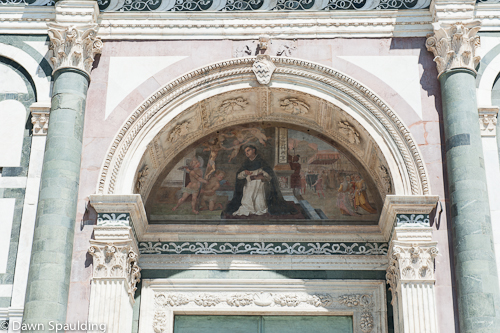
Santa Maria Novello, Florence
This 13th-century church was one of the first Florentine basilicas. It was constructed by the Dominican order to replace a 9th-century oratory dedicated to Santa Maria delle Vigne (hence the “Novello”). The old church was gifted to the Dominicans upon their arrival in Florence, but was deemed too small. The new one was designed with […]
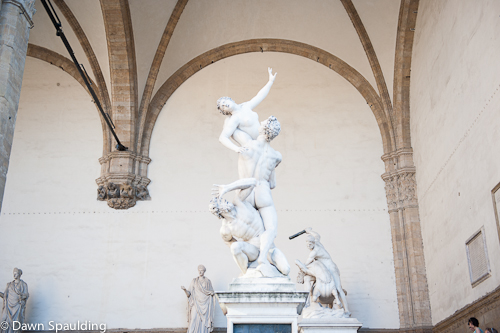
Loggia dei Lanzi or Loggia della Signoria, Florence
Loggia dei Lanzi was built in the 14th century as a dais for public ceremonies and political events. Today, it’s an open-air museum for sculptures and a great place to take a break and revisit over and over again.

BMW Museum, Munich
Further out of the city center is the headquarters of Bayerische Motoren Werke AG, along with the BMW Museum, which exhibits motorcycles and cars. In 1917, BMW began producing airplane engines, expanded to motorbikes in 1923 and cars in 1928. The aluminum-clad main office building was designed after a four-cylinder engine. It was completed right […]
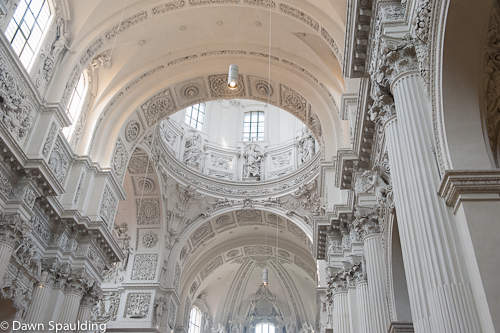
Theatinerkirche, or St Catjan, Munich
This 17th-century Baroque church is a burst of color, with golden towers and a green copper dome. It is modeled after Rome’s Sant’ Andrea della Valle. The façade was completed in Rococo style by François de Cuvilliers, who was credited for bringing Rococo to Germany. The interior is white stucco. The church and monastery were […]
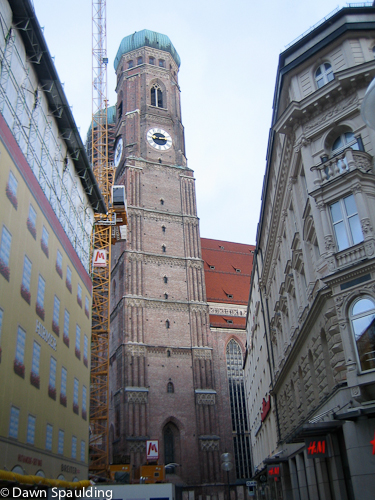
Frauenkirche or Dom, Munich
The Frauenkirche’s15th-century copper onion-domed towers loom over Munich’s skyline. When the church was built, the 99-meter towers were the tallest in the city; today, no new building is allowed to obstruct the view. The towers were meant to be topped with spires, but lack of funds resulted in Plan B: the domes, which were inspired […]
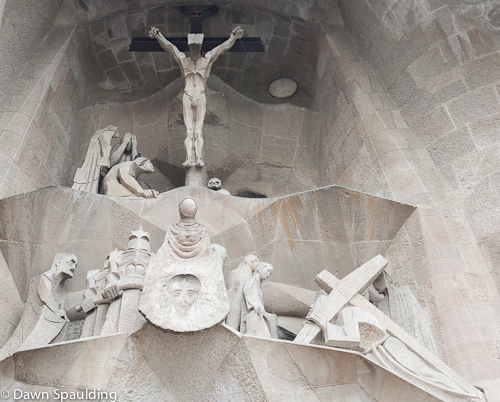
Temple Expiatori de la Sagrada Família, Barcelona
Sagrada Família is the one must-see in town. This commission was originally for a modest orthodox church in a neo-Gothic style. Obviously, it went a different direction. Gaudì started this project when he was 31 and spent the rest of his life working on it, living in an on-site studio and becoming a recluse. For […]
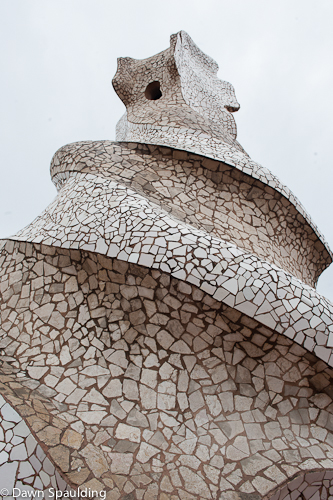
Casa Milà, or La Pedrera, Barcelona
Casa Milà is another one of Gaudì’s extraordinary designs, commissioned by the flamboyant developer Pere Milà and his wife. This apartment building shook the neighborhood in the early 1900s with its rippling limestone façade and wrought iron balconies and windows. It consists of two buildings, each nine stories, joined around a courtyard. Gaudì was a […]
